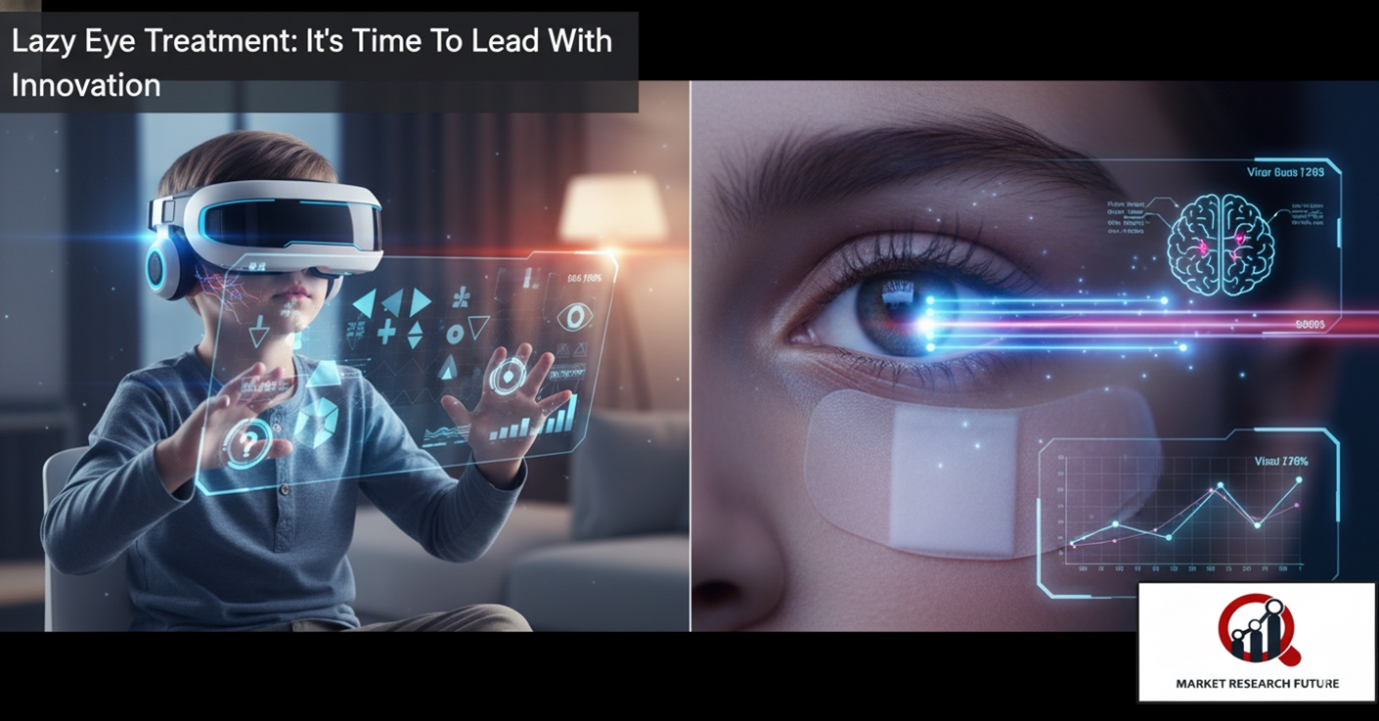Lazy Eye Treatment: It's Time To Lead With Innovation

A Quick Look at Lazy Eye Treatment:
Amblyopia, or lazy eye, is a vision problem in which one eye is weaker than the other, so the brain favors the stronger eye. This imbalance makes it harder to see depth and makes things look blurry. In the past, treatment usually meant wearing corrective glasses or contact lenses and doing patch therapy, which means covering the stronger eye for a few hours each day to make the weaker one work harder. This helps the brain learn how to use both eyes correctly again and restore balanced vision over time.
Things are changing in the world of lazy eye treatment, though. New research and technology are changing the way amblyopia is treated, making it more effective, interesting, and flexible for people of all ages.
New ways to treat amblyopia
Eye patches still work, but newer treatments are focusing on digital and interactive ones. People are making virtual reality (VR), augmented reality (AR), and special vision-training video games that can train both eyes at the same time. These tools help people see with both eyes instead of blocking one eye, which makes therapy more natural and fun, especially for kids who have trouble following directions.
Also, medical-grade digital devices and apps are becoming powerful tools for therapy at home. These systems help the brain and the weaker eye talk to each other better by showing each eye different pictures. This makes it easier to focus, coordinate, and see clearly overall.
What will happen to lazy eye treatment in the future?
The next generation of treatments for amblyopia will be more personalized, comfortable, and cutting-edge. Eye doctors want to speed up, make easier, and make recovery last longer by combining traditional methods with digital therapy and neuroscience-based technology.
In conclusion
Old treatments for lazy eye don't work anymore. Patients can now get smarter, more interesting, and more effective ways to get their clear, balanced vision back thanks to new developments in visual training and digital therapeutics.

Leave a Comment